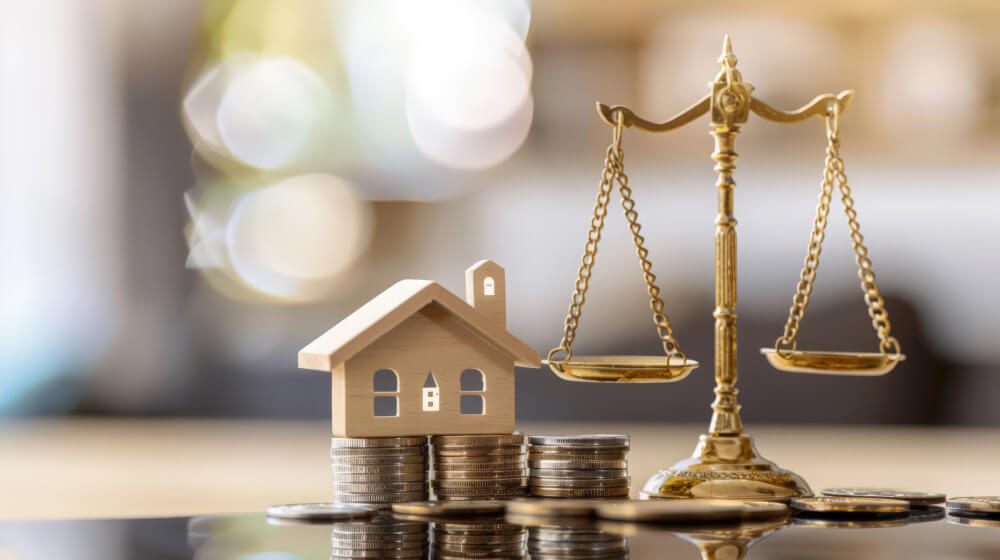1. Emphasis on Energy Efficiency
Overview: Rising temperatures and extreme weather events are driving homeowners to make their homes more energy-efficient. This not only helps reduce greenhouse gas emissions but also lowers energy bills and improves comfort.
Key Upgrades:
- Insulation: Improving insulation in walls, attics, and floors to maintain indoor temperatures and reduce heating and cooling costs.
- Energy-Efficient Windows: Installing double or triple-pane windows to minimize heat transfer and improve insulation.
- Smart Thermostats: Using smart thermostats to optimize heating and cooling based on occupancy and weather conditions.
Benefits:
- Cost Savings: Reduces energy consumption and lowers utility bills.
- Comfort: Enhances indoor comfort by maintaining consistent temperatures.
- Environmental Impact: Reduces the home’s carbon footprint by decreasing energy use.
2. Investing in Renewable Energy
Overview: As the push for renewable energy grows, more homeowners are investing in solar panels, wind turbines, and other renewable energy systems to reduce reliance on fossil fuels and enhance energy independence.
Key Upgrades:
- Solar Panels: Installing photovoltaic panels to generate electricity from sunlight.
- Solar Water Heaters: Using solar energy to heat water for household use.
- Wind Turbines: Implementing small-scale wind turbines to harness wind energy.
Benefits:
- Energy Independence: Reduces reliance on the grid and fossil fuels.
- Long-Term Savings: Lowers energy bills and can even generate income through energy credits.
- Sustainability: Promotes the use of clean, renewable energy sources.
Join HICP Homeowner’s Alliance
Connect with experts, get special discounts and enjoy member benefits
3. Enhancing Home Resilience
Overview: Climate change is leading to more frequent and severe weather events, such as hurricanes, floods, and wildfires. Homeowners are prioritizing improvements that enhance the resilience of their homes to withstand these events.
Key Upgrades:
- Storm-Resistant Windows and Doors: Installing impact-resistant windows and reinforced doors to protect against high winds and flying debris.
- Flood Proofing: Elevating homes in flood-prone areas, installing sump pumps, and using water-resistant materials in basements and lower levels.
- Fire-Resistant Materials: Using fire-resistant roofing and siding materials, and creating defensible space around the home to reduce wildfire risk.
Benefits:
- Safety: Protects the home and its occupants from extreme weather events.
- Durability: Increases the lifespan of the home by using resilient materials.
- Insurance Savings: May reduce insurance premiums by mitigating risk.
4. Water Conservation
Overview: With climate change affecting water availability and increasing the frequency of droughts, water conservation is becoming a critical home improvement priority.
Key Upgrades:
- Low-Flow Fixtures: Installing low-flow toilets, faucets, and showerheads to reduce water usage.
- Rainwater Harvesting: Implementing systems to collect and store rainwater for irrigation and other non-potable uses.
- Drought-Resistant Landscaping: Using native and drought-tolerant plants to reduce the need for irrigation.
Benefits:
- Cost Savings: Lowers water bills through reduced consumption.
- Resource Conservation: Helps conserve water resources and protect against shortages.
- Sustainability: Promotes sustainable landscaping practices.
5. Improving Indoor Air Quality
Overview: Climate change can exacerbate indoor air quality issues, particularly during extreme heat and wildfire seasons. Homeowners are focusing on improvements that ensure healthier indoor environments.
Key Upgrades:
- Air Purifiers: Using air purifiers with HEPA filters to remove pollutants and allergens from the air.
- Ventilation Systems: Installing energy-efficient ventilation systems to improve air circulation and reduce indoor pollution.
- Non-Toxic Materials: Choosing paints, adhesives, and furnishings that emit low or no volatile organic compounds (VOCs).
Benefits:
- Health: Reduces exposure to indoor pollutants and allergens.
- Comfort: Enhances indoor air quality, making the home more comfortable.
- Environmental Impact: Promotes the use of eco-friendly materials.
6. Sustainable Building Materials
Overview: Sustainable building materials are gaining popularity as homeowners seek to reduce the environmental impact of their renovations and support a circular economy.
Key Upgrades:
- Recycled Materials: Using recycled steel, reclaimed wood, and recycled glass in construction and finishes.
- Bamboo and Cork: Opting for renewable materials like bamboo and cork for flooring and cabinetry.
- Eco-Friendly Insulation: Choosing insulation made from recycled or natural materials, such as cellulose or sheep’s wool.
Benefits:
- Environmental Impact: Reduces waste and supports sustainable resource use.
- Durability: Often more durable and longer-lasting than conventional materials.
- Aesthetic Appeal: Adds unique and attractive elements to home design.
Climate change is significantly shaping home improvement priorities, driving homeowners to adopt strategies that enhance energy efficiency, resilience, and sustainability. By investing in renewable energy, improving home resilience, conserving water, and using sustainable materials, homeowners can not only protect their properties but also contribute to broader environmental goals.
Staying informed about these trends and implementing these improvements can help homeowners create more resilient, comfortable, and environmentally responsible living spaces. As climate change continues to impact our world, proactive home improvements will become increasingly important for protecting both our homes and the planet.




















